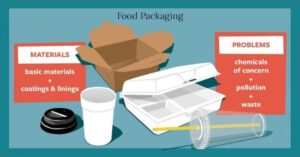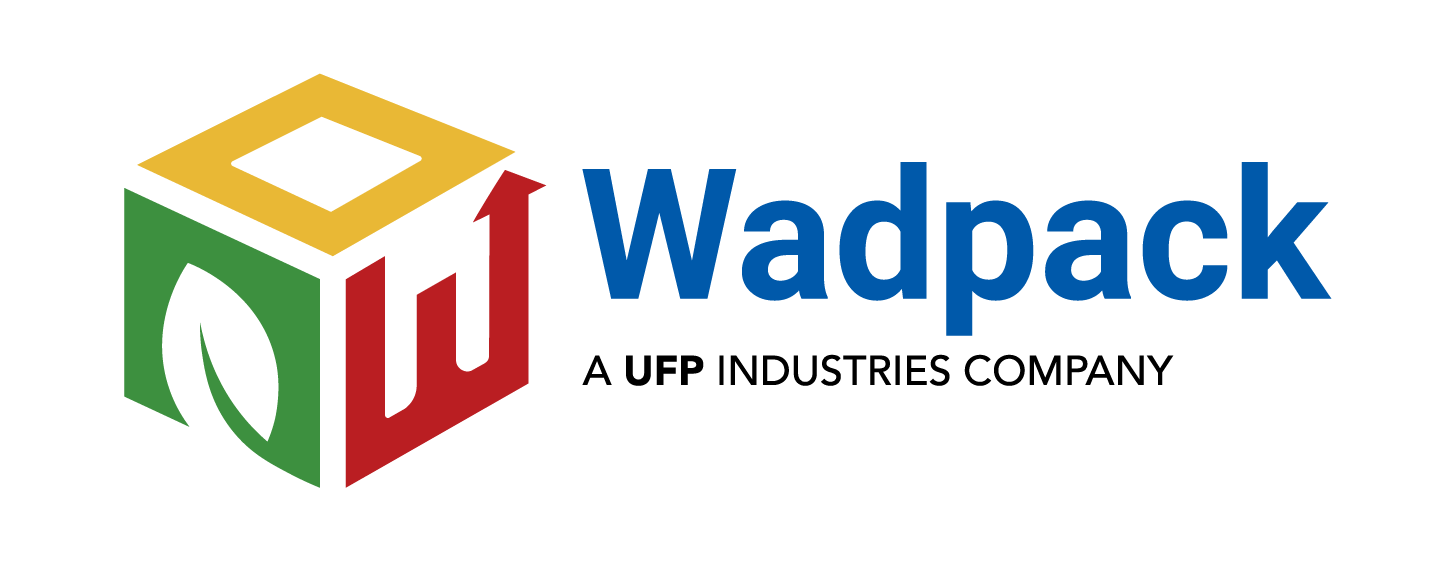Packaging Tips for Food Safety
 Ensuring food safety is of utmost importance when it comes to packaging perishable food items. Proper packaging helps protect the food from contamination, spoilage, and degradation, thereby extending its shelf life and maintaining its quality. In this article, we will discuss some essential packaging tips for food safety that can help you maintain the integrity of your food products.
Ensuring food safety is of utmost importance when it comes to packaging perishable food items. Proper packaging helps protect the food from contamination, spoilage, and degradation, thereby extending its shelf life and maintaining its quality. In this article, we will discuss some essential packaging tips for food safety that can help you maintain the integrity of your food products.
- Choose the Right Packaging Material: Selecting the appropriate packaging material is crucial for food safety. Consider factors such as the type of food, its shelf life, and the packaging method when choosing the material. Common options include plastic, glass, metal, and paper-based materials. Ensure that the packaging material is food-grade and complies with relevant regulations and standards.
- Use Airtight Containers: Airtight packaging helps prevent the entry of moisture, air, and other contaminants that can cause spoilage and bacterial growth. It also helps preserve the flavor, texture, and nutritional value of the food. Consider using vacuum-sealed bags, cans, jars, or other containers with tight-fitting lids for optimal food preservation.
- Maintain Hygiene and Cleanliness: Maintaining a clean and hygienic packaging environment is essential to prevent cross-contamination and the growth of harmful microorganisms. Ensure that all packaging equipment, surfaces, and utensils are regularly cleaned and sanitized. Implement good manufacturing practices (GMP) and follow proper hygiene protocols to minimize the risk of contamination.
- Provide Adequate Cushioning: To protect the food from physical damage during transportation and handling, provide sufficient cushioning inside the packaging. This is particularly important for delicate or easily perishable items. Use appropriate padding materials such as bubble wrap, foam inserts, or corrugated dividers to create a protective layer around the food.
- Label the Packaging Clearly: Proper labeling is essential for food safety and regulatory compliance. Clearly label the packaging with product information, including the name, ingredients, nutritional facts, allergen warnings, and any necessary storage or handling instructions. Ensure that the labels are securely attached and easily readable.
- Consider Tamper-Evident Packaging: To enhance consumer trust and prevent tampering, consider using tamper-evident packaging for food products. This can include seals, shrink bands, tear strips, or other mechanisms that clearly indicate if the packaging has been opened or compromised.
- Implement Time and Temperature Controls: Maintaining appropriate temperature controls is crucial for preserving food safety. For perishable items, consider using packaging solutions that incorporate insulating materials or temperature control devices, such as ice packs or gel packs. Monitor and record temperature during storage and transportation to ensure compliance with recommended guidelines.
- Optimize Package Size and Design: The size and design of the packaging can impact food safety and quality. Choose package sizes that are appropriate for the food item to minimize empty space, as excess air can contribute to accelerated spoilage. Consider ergonomic designs that are easy to handle, stack, and store to minimize the risk of damage during transportation and storage.
- Conduct Shelf-Life Testing: Performing shelf-life testing is essential to determine the appropriate packaging and storage conditions for your food products. This involves monitoring the quality and safety of the product over time to ensure that it remains within acceptable limits. Conducting stability testing can help you determine the optimal packaging materials and storage parameters for your specific food items.
- Stay Updated with Regulations: Food packaging regulations may vary by region or country. It is crucial to stay updated with the latest regulations and comply with applicable standards. Regularly review and assess your packaging processes to ensure that they align with current food safety requirements.
In conclusion, proper packaging plays a vital role in maintaining food safety and quality. By selecting the right packaging materials, implementing hygiene protocols, providing adequate cushioning, labeling clearly, and following relevant regulations, you can




Leave a Comment